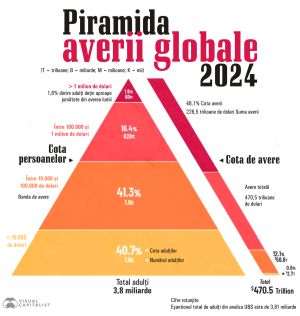The world has recorded another extremely hot month, with oceans and land continuing to reach "unusually high” temperatures, extending an alarming series of climate anomalies that has lasted for more than two years, according to data provided by the European Copernicus service. Although slightly colder than May 2024, May 2025 becomes the second warmest month ever recorded, with a global average temperature of 15.79°C. For ocean waters, the average at the surface was 20.79°C, marking, in turn, a new historical peak for this time of year. The oceans - which cover 70% of the Earth's surface and play a key role in regulating the climate - are currently in a critical state. Marine heatwaves have hit the northeast Atlantic and the Mediterranean Sea, where record temperatures have been recorded. These episodes lead to mass migrations or deaths of species, disrupt marine ecosystems and reduce the mixing capacity of ocean layers, affecting the distribution of nutrients. "Warmer waters generate more violent hurricanes and storms,” warn Copernicus experts. At the same time, they absorb less CO₂, reducing the oceans' role as a "climate buffer.”
• Europe: between drought and extreme weather
Spring 2025 brought stark contrasts to Europe. Large areas were affected by severe drought, with soil moisture levels at their lowest since 1979. Countries such as the United Kingdom, Denmark and the Netherlands suffered long periods of lack of precipitation, which raised serious concerns about agricultural yields and water resources.
• Short respite below 1.5°C
May 2025 was 1.40°C warmer than the pre-industrial average (1850-1900), temporarily breaking the 21-month streak of temperatures exceeding the symbolic 1.5°C threshold set out in the Paris Agreement. But it is a temporary respite, warns Carlo Buontempo, director of the Copernicus Climate Change Service, AFP reports. "The 1.5°C threshold is expected to be breached again soon, due to the continued warming of the climate system.” Over a 12-month period (June 2024 - May 2025), the global average temperature was already 1.57°C above pre-industrial levels.
• Global alarm signal
Scientists warn that every fraction of a degree increases the risks: more intense heat waves, devastating droughts, frequent floods and the disappearance of vital ecosystems, especially marine ones. Limiting warming to 1.5°C instead of 2°C can significantly reduce these catastrophic effects. However, according to experts from the IPCC (Intergovernmental Panel on Climate Change), there is a 50% chance that this threshold will be consistently exceeded between 2030 and 2035.



























































